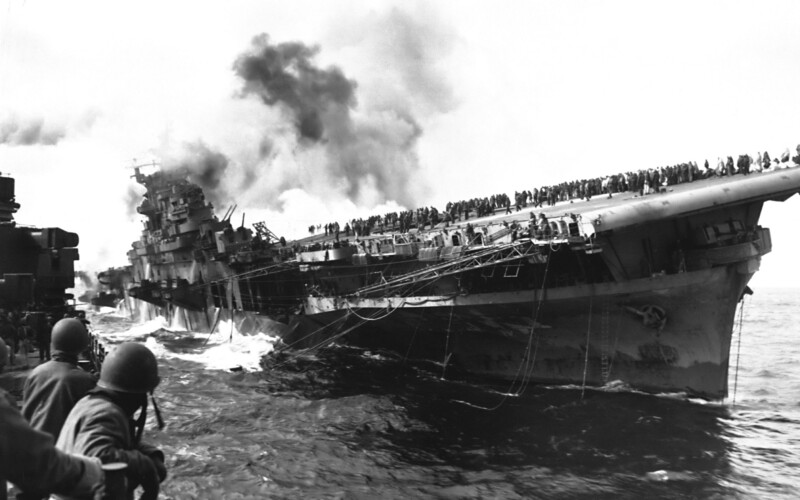We have experience hosting a range of audiences, from college classes to birthday parties to company outings, and we customize our tours to meet your group’s interests and needs.
Book a private tour today
After a two-year hiatus, Fleet Week New York is back! So to mark the day that units arrive in New York for the celebration, we will be looking at some of the …
Read more
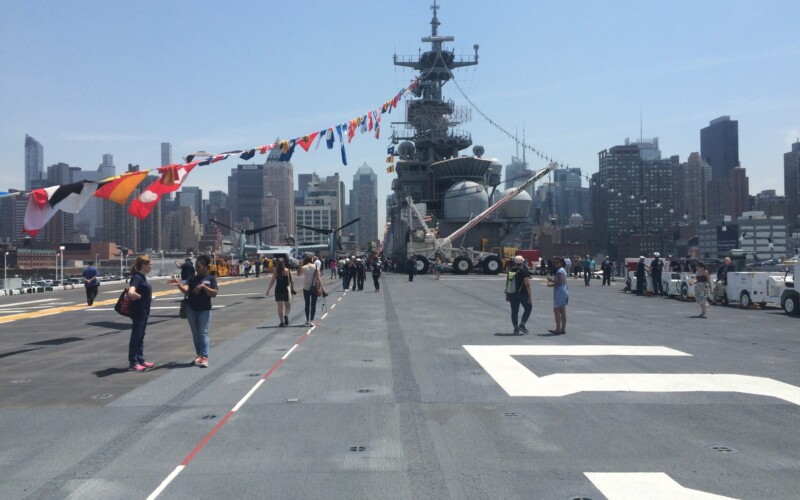
They say a Navy ship has three birthdays: its keel-laying, its launching, and its commissioning. The World War II-era battleship USS Missouri has one more, its recommission in 1986 as part …
Read more
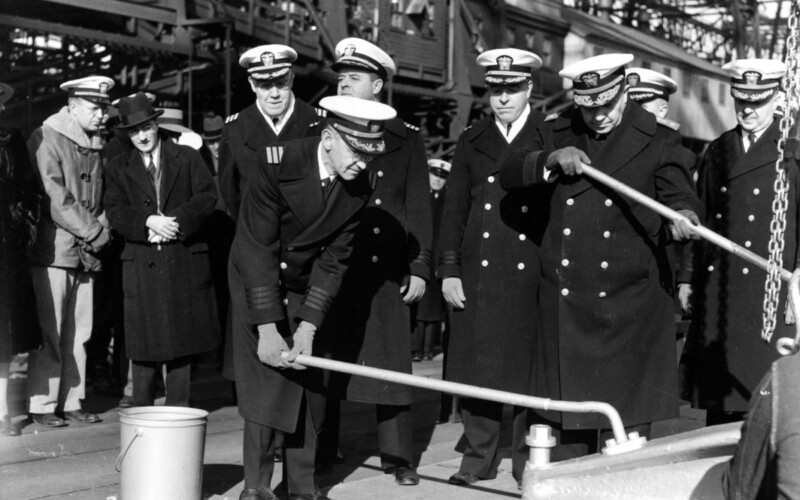
Three years ago, in celebration of Presidents Day, we wrote about the handful of times that sitting US presidents had paid visits to the Brooklyn Navy Yard. At that time, we …
Read more
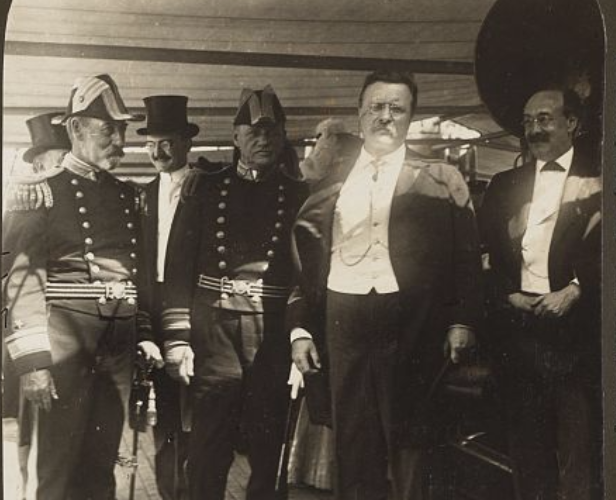
Earlier this month, we hosted a group of retirees from central New Jersey on a tour of the Brooklyn Navy Yard. On nearly every tour we lead, we have visitors who …
Read more
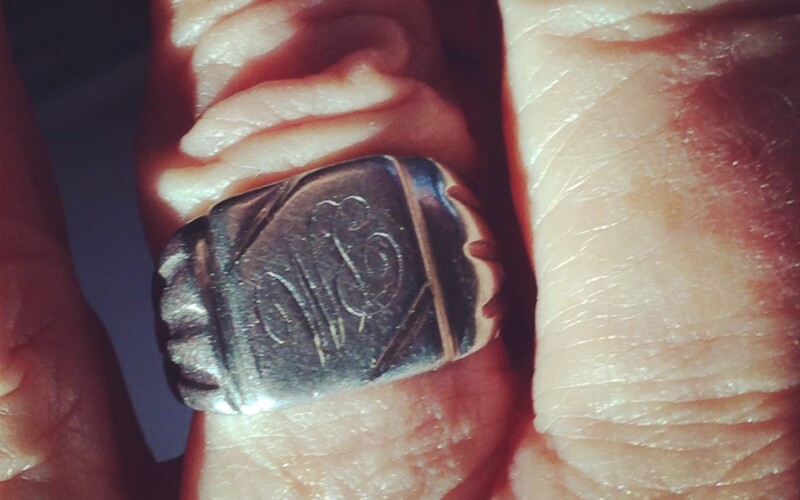
The Brooklyn Navy Yard has been a place of refuge for much of its history. During its 165-year run as a naval shipyard, it did not just send ships down …
Read more
